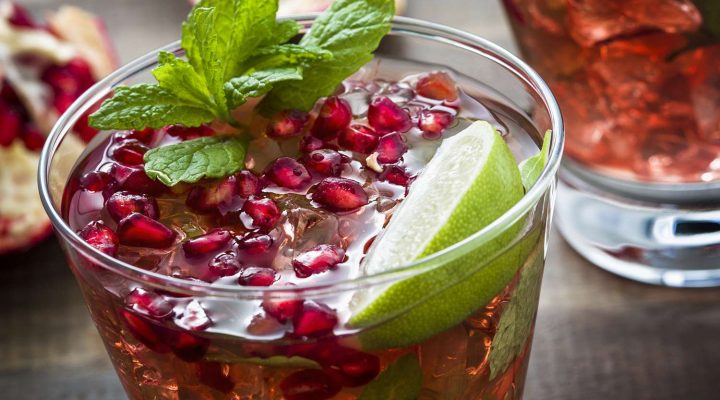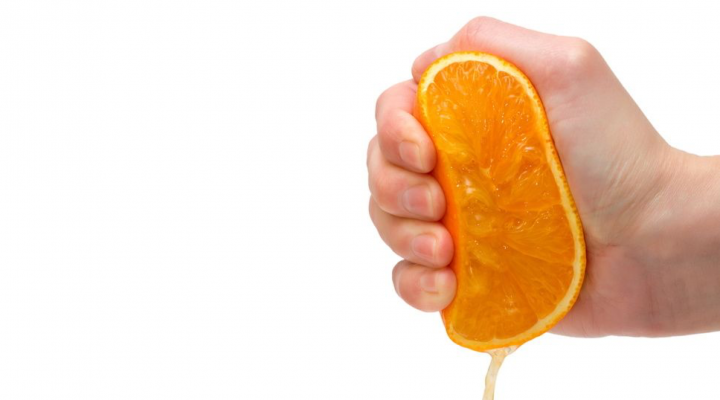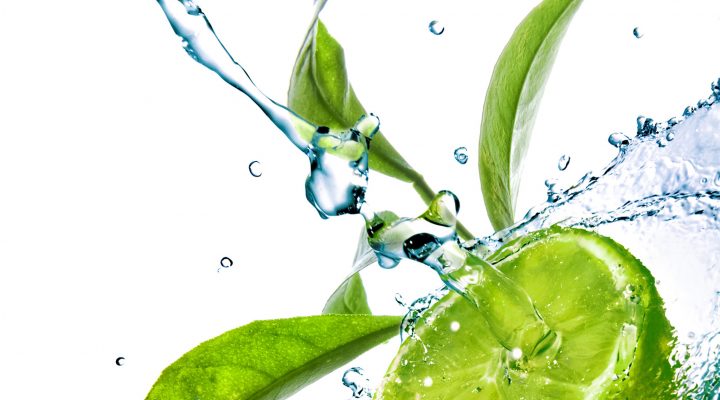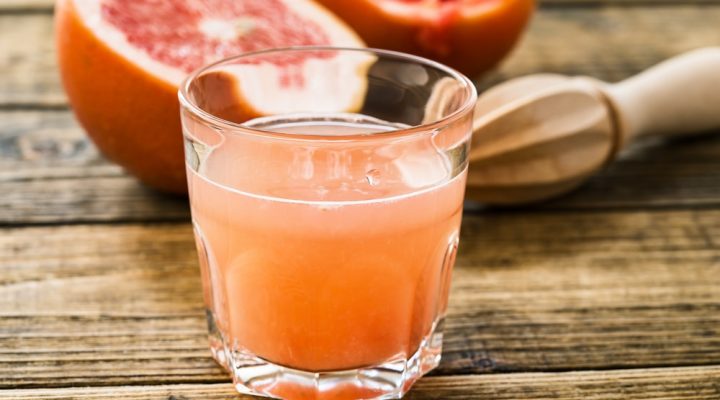Looking back at the last 12 months with the IFU, Caroline Whibley spoke to John Collins, Executive Director for the International Fruit & Vegetable Juice Association (IFU)
CW: What were the aims of the IFU when the organisation was originally set up and how have they changed as time and other factors have come along to challenge the organisation?
JC: Although officially established as an organisation by European and International fruit juice producers in 1949, the first congress was held in Paris in 1948, where the association is today proudly registered. Ever since then it has been a core activity to hold industry events for the review of economic and technical matters plus an opportunity for those in the industry to network.
Though I was not around in 1948 it must be certainly easier to maintain a regular international network today than ever before with the advent of the internet, e mail, social media and availability for fast international travel. This is also reflected in the frequency and reach of our events in 2018. We held 5 roadshows in conjunction with the SGF in Africa, co -hosted with AIJN and SGF the Juice Summit in Antwerp, a Juice Conference in Thailand, a Technical Workshop in Cologne and supported many other events around the world including China, Thailand and Canada.
Since 1949 we have seen the development of International Organisations and another core activity has been for IFU to represent the International Juice community at their functions. The IFU is for example a registered NGO at the Codex Alimentarius which was formed in 1968 by the FAO and WHO as the organisation to establish international food standards, guidelines and codes of practice which contributes to the safety, quality and fairness of this international food trade. As codex standards are adopted into national legislation and used for international trade is very important for us to monitor developments but also seek members advice to provide sound scientific input. In 2018 IFU monitored the work of 13 committees, attended 6 and followed 21 electronic working groups. This is only possible with the voluntary support, commitment and dedication of our member experts. The IFU really is driven by industry experts for the industry.
CW: And what about product changes over that period?
JC: Since 1949 fruit juices have become more widely available and in a variety of formats. We have seen the development of packaging to provide shelf stable bottles and cartons, enabled the development of short shelf life chilled distribution products, innovative processing techniques such as HTST heat exchangers, HPP and PEF, the development of exotic fruits processed into juice and the shortening and transparency of global supply chains. All these developments have provided a rich variety of topics to be discussed and reviewed at IFU events and we expect that to continue in the future.
CW: How has the last 12 months been – what did you set out to do and what do you feel you have succeeded in? What does success look like?
JC: The IFU has been building upon the core and more strategy in 2018. We held the first Juice Conference in Bangkok on the 28th May and attracted over 140 attendees with c70% from the region. It was a huge success where attendees could listen to expert presentations on the local and international markets, product and processing developments and packaging. Sponsors could display their products and services in an exhibition area and there was an opportunity to network at 2 evening events.
In conjunction with the SGF we held 5 roadshows in Africa in Nigeria, South Africa with our member The South African Juice Association, Egypt, Kenya and finally with our member The Algerian Beverage Association in Algeria. In total over 500 enthusiastic participants enjoyed the events.
Working groups
Our new Science and Technology Commission chair after seeking the views of members has facilitated the formation of new working groups to develop nutrition and scientific research and produce a series of Best Practice Guidance documents. The first one on fruit washing is available on our new website: www.ifu-fruitjuice.com, in addition the new service provides an opportunity for members to network via our social link facility which also includes an app for smart phones and tablets. Unique for the juice industry.
The legislation commission monitored the work of 13 committees, attended 6 and followed 21 electronic working groups, a record year for participation and engagement. By providing expertise and in conjunction with other industry organisation the lead level in grape juice was adopted on an ALARA basis and the lead level in tomato puree was revoked.
The methods of analysis commission have developed and filmed 4 e-learning videos about some of the simple tests carried out in juice operations.
The micro biological working group has been revising the method for the determination of alicyclobacillus. The group are now putting the finishing touches to the method and it will be available in early 2019.
New commission
A new Marketing Commission was established during the year which will guide the association with the development of conferences, workshops and communications.
Industry awards
We gave 2 IFU awards this year too: Significant contribution award to Prof Helmut Dietrich, past Chair of the IFU Science and Technology Commission and long-time supporter of the juice industry and IFU. Author of the nutrition policy paper which provides an extensive scientific review on the nutrition benefits of juices. This is available to the public on the IFU website. Plus, an Innovation Award to PepsiCo and Citrosuco for their development of NFC orange and the aseptic bulk supply chain.
This year we will have 2 new awards: The Commission Excellence Award. The aim is to provide a way for IFU to praise and recognise commission members that voluntarily give their time and expertise to achieve IFU objectives and support the industry as a whole. Also the new Student Excellence Award. The objective is to provide an annual award to a student that has completed an outstanding thesis or project of interest and application to the juice industry.
CW: You were founded in 1949 – so 70-year anniversary in 2019 do you have any plans?
Yes, we do. This year we will hold the Juice Conference in Cancun – Mexico. There will 3 days of celebrations on the 28th, 29th and 30th May. More details to come but it will be an exciting experience.
CW: What were the best quotes you heard from speakers or members?
Roadshow and technical workshop quotes:
“Yet again a very rounded selection of speakers. Always something to take away from the event to share with colleagues”
“Very good presentations. Many good questions due to the fact that people can ask through the app.”
“Surprising high attendance, excellent networking”
“I really enjoyed the varied subjects that were discussed from agriculture, processing of fruits, legislative frameworks, quality analysis, monitoring and management, packaging and marketing.”
“It was multi-faceted and holistically interesting as the topics spanned from quality and assurances to analysis methodology to machinery and sustainability. The breaks were also well timed, and the availability and quality of the food and refreshments was good.”







